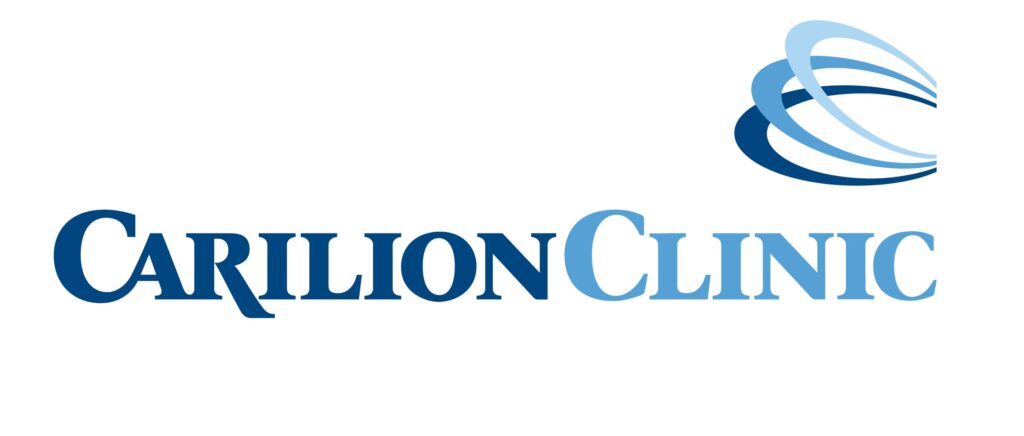
Carilion Tazewell Community Hospital (CTCH) in southwest Virginia provides its community numerous services. As part of the larger Carilion Clinic system, which has its own Level 1 and Level 3 trauma centers nearby, it is not unusual for CTCH teams to stabilize patients before quickly transferring them to a higher level of care. However, Carilion, like so many other hospital systems in the United States, has adjusted to a world with COVID-19, which means beds in their system and across the state are already in use.
The challenge, seemingly temporary at first, eventually would become the new normal. With the closing of another hospital in the area, the pressure mounted for CTCH to quickly evolve to meet the growing needs of the residents in this rural area of the state.
“We take pride in taking care of our communities and ensuring that we get patients to where they need to go. The pandemic, however, has made that a nearly impossible task at times,” said Alicia Bales, Senior Director of Nursing for CTCH. “During the early days of the pandemic, I had this moment where I realized we have to figure out how to rise up and meet this issue.”
CTCH has ventilators but only has a small team to manage them and the critical care patients who need them. What they do have are sophisticated telemedicine carts that Bales said were being underutilized at the time. The hospital was able to add telemedicine support to manage ventilated and critical care patients through a partnership with SOC Telemed.
The tele-intensivists provide support to guide on-site staff responsible for longer-term care for patients. “This goes beyond the skillset of our hospitalists, whose role generally is to stabilize patients,” Bales said.
Initially, staff were a little skeptical about using the new method to care for patients, but the first experience was a success and soon caught on with others. Bales said the new technology was initially used on just one patient requiring attention for several days. Focusing on a single case helped train staff with the basics of the system.
With COVID-19 seemingly settled into the lives of Americans, the staff has accepted the new norm and embraced the technology, incorporating it into their everyday work. For health care systems, the challenge of bed placement does not appear to be receding.
In addition to CTCH’s current use of the telemedicine partnership, it will also expand support to their neurology services. Bales said that system leadership will do anything to support employees to give them the resources to help them get through the pandemic.
The former expectation for a community hospital like CTCH to simply stabilize patients, quickly transferring them to larger facilities, is no longer a luxury that the health care delivery system can take for granted. Their role is morphing as leaders and staff remain nimble to do anything in support of the communities they are a part of.
